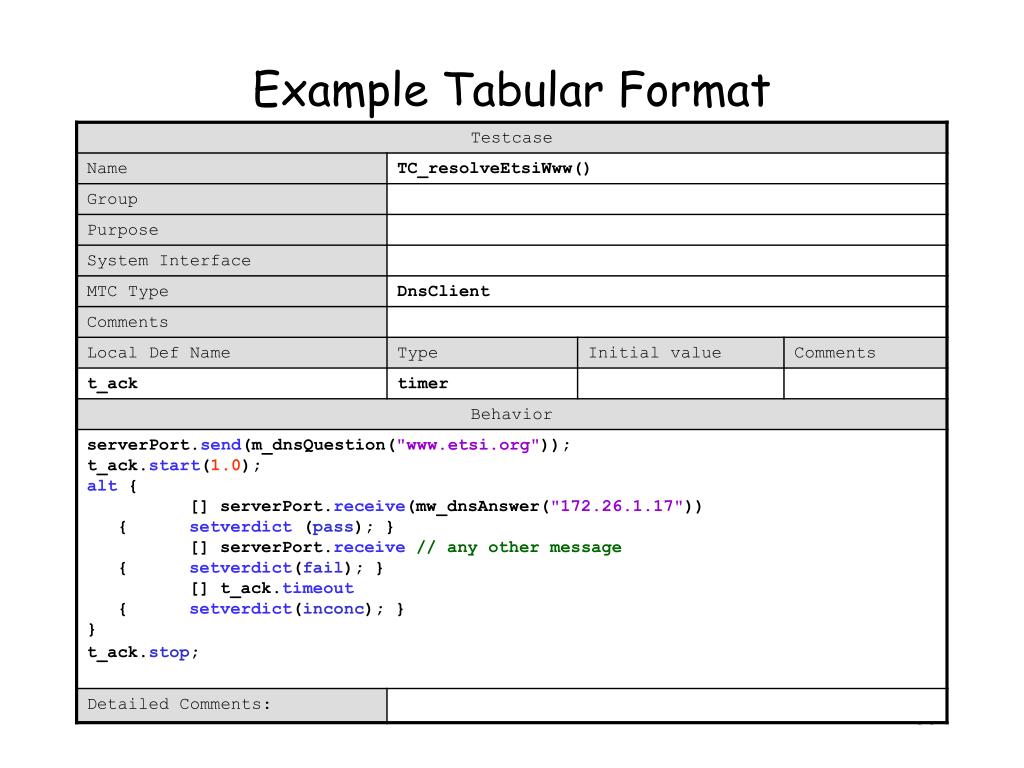

TABULAR LIST GENERATOR
The conditional vector allows us to force the generator to generate a sample from a chosen category. So they choose to include a conditional vector. In order to force the generator to generate samples with similar distributions in discrete variables as the training data, some information about the desired discrete variables must be contained on the input aside from the random noise. The solution the paper proposes consists of three key elements: c onditional vector, generator loss, training-by-sampling. It would be useful for the model to somehow include information from the discrete variables as input, and for it to learn to map that input accordingly to the desired output. Sampling in this way for discrete variables may miss information about their distribution. When training the generator of a GAN, the input noise is drawn from a prior distribution (usually a multi-variate gaussian).

The second issue with GANs and tabular data that the authors attempt to solve has to do with random sampling and discrete data. This is because when training a neural network you will not give if the days of the week as a vector, and an α vector using the equation shown above.Īnd that’s it, to solve the normalization problem, instead of giving the model the continuous variable, we give it α and β. In literature, discrete, ordinal, and nominal are all grouped together and called discrete data. As for categorical, there is ordinal data (categorical data with an order such as the day of the week), and nominal data (categorical data with no order). An example is the number of children in your family. Discrete variables have unique numerical values. Weight can be measured in tonnes, kg, g, mg, etc. Continuous data has no limit in resolution. Numerical data can either be continuous of discrete. Tabular data can either be numerical or categorial.

However, when generating tabular data, you will see the algorithms can get very complex very quickly. In most cases, dealing with image data is a lot more complicated. Unstructured data (like text or images) is a lot harder for machine learning models to learn from. Tabular DataĪs I mentioned earlier, tabular data is structured. At the end of learning, the generator should be able to produce images that look a lot like the real dataset, so much so that they may fool humans into thinking they are real. The discriminator attempts to maximize its classification accuracy (correctly identifying what images come from the generator), whilst the generator’s goal is to fool the discriminator. The two networks have adversarial goals in training. The generator generates new data, whilst the discriminator attempts to correctly classify the real and fake data. GANs consist of two neural networks, the generator, and the discriminator. GANs learn to generate samples, this is fundamentally different from learning distributions (check out my article on differentiable generator networks for more details). This is a supervised learning problem, where we have a set of real data, and we want to augment this dataset through the use of a generator. GANs fall in the branch of deep learning generator networks. Finally, I will go through an example implementation using Python. Then I will go through the architecture described in the original CTGANs paper. To do so I’ll first give a small explanation of GANs and tabular data. The goal of this article is to go through how CTGANs work. However, when it comes to generating tabular data, to make a well-performing model it can actually complicate things a lot. Tabular data is structured and is often easier to deal with when training machine learning models. Although image data makes for pretty visualizations, in practice, the most common kind of data used in industry and literature is tabular data. In a way, these have been a build-up for this article.
TABULAR LIST HOW TO
In my previous two articles I explored how to generate image data using Generative Adversarial Networks (GANs). Tabular data generation is a growing field of research the CTGANs paper has become the foundation of many other machine learning architectures that today constitute the state of the art of this field of research. The purpose of this article is to fill the gap in the internet for a good explanation of how Conditional Tabular GANs work.


 0 kommentar(er)
0 kommentar(er)
